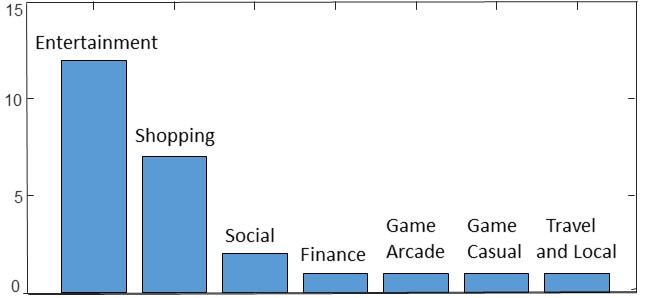Inentivized Reviews on Mobile Apps
Noor Abu-El-Rub, Amanda Minnich and Abdullah Mueen
Overview and motivation
In an online review system, a user writes a review with the intention of helping fellow consumers (i.e. the readers) make informed decision. However, product owners often provide incentives (e.g. coupons, bonus points, referral rewards) to the writers, motivating the writing of biased reviews. These biased reviews, while beneficial for both the writers and the owners, pollute the review space and destroy the readers’ trust significantly. In this paper, we analyze incentivized reviews in the Google Play store and identify a wide range of anomalous review types, including abusive reviews to damage the reputation of other apps in the review system. We find that there are groups of users that have been consistently taking part in such abusive actions. We further find that such incentivized reviews indeed help the apps in gaining popularity when compared to apps that do not receive incentivized reviews. We also identify an increasing trend in the number of apps being targeted by abusers, which, if continued, will render review systems as crowd advertising platforms rather than the unbiased source of helpful information.
Data:
This dataset is password protected; please email nabuelrub AT unm DOT edu to request access.
Code:
The code is available on my Github.
Figures:
Top row: Referral reviews in Google Play found in an app called AppTrailers. Note that the review is advertising another appJoyRewards. Bottom row: two reviews with identical text, but different referral codes are shown. Numerous such repeating incentivized reviews are written in Google Play store.  |
Codes Distribution of Promotional Reviews.  |
Source Apps Category.  |
Comparison among the five app groups based on four features.  |
Growth trends of three groups of apps related to incentivized reviews.  |
left: Size distribution of code-cliques over time, Remaining: Empirical CDFs for the three graphs. 
|